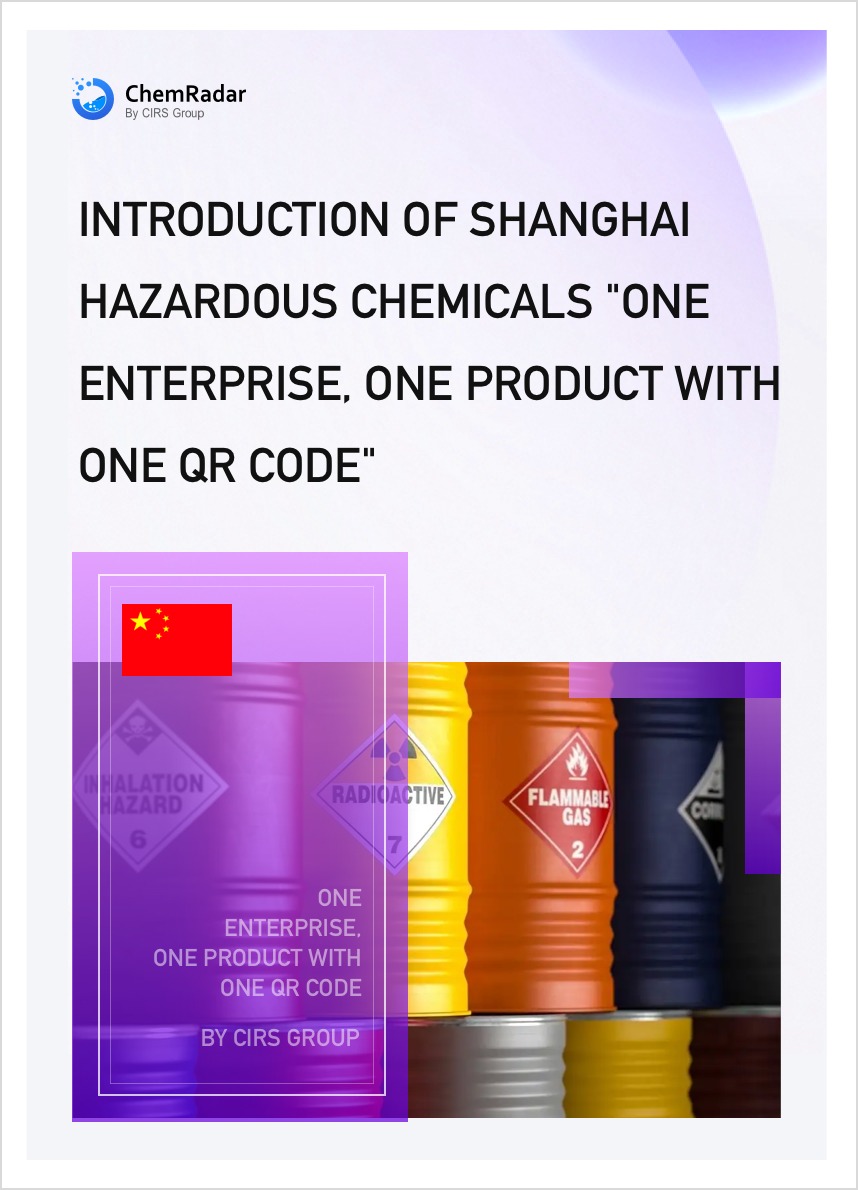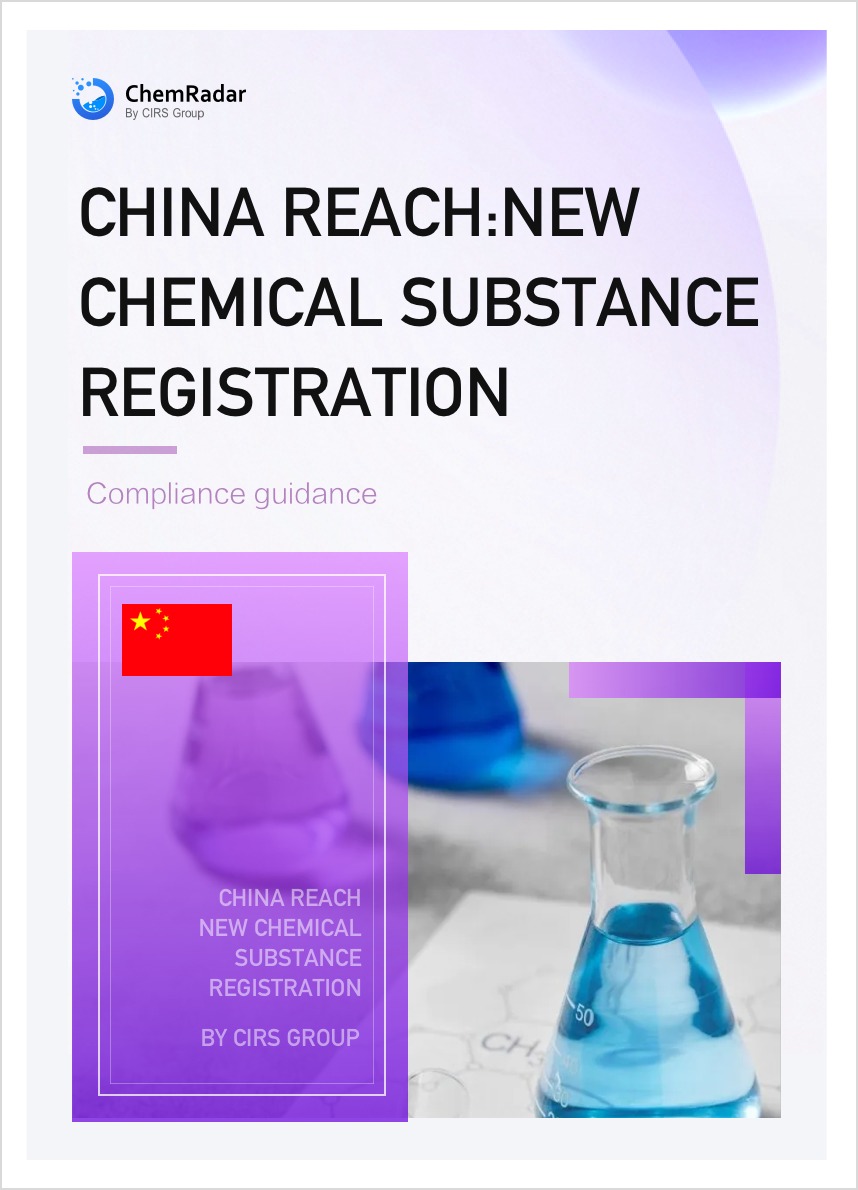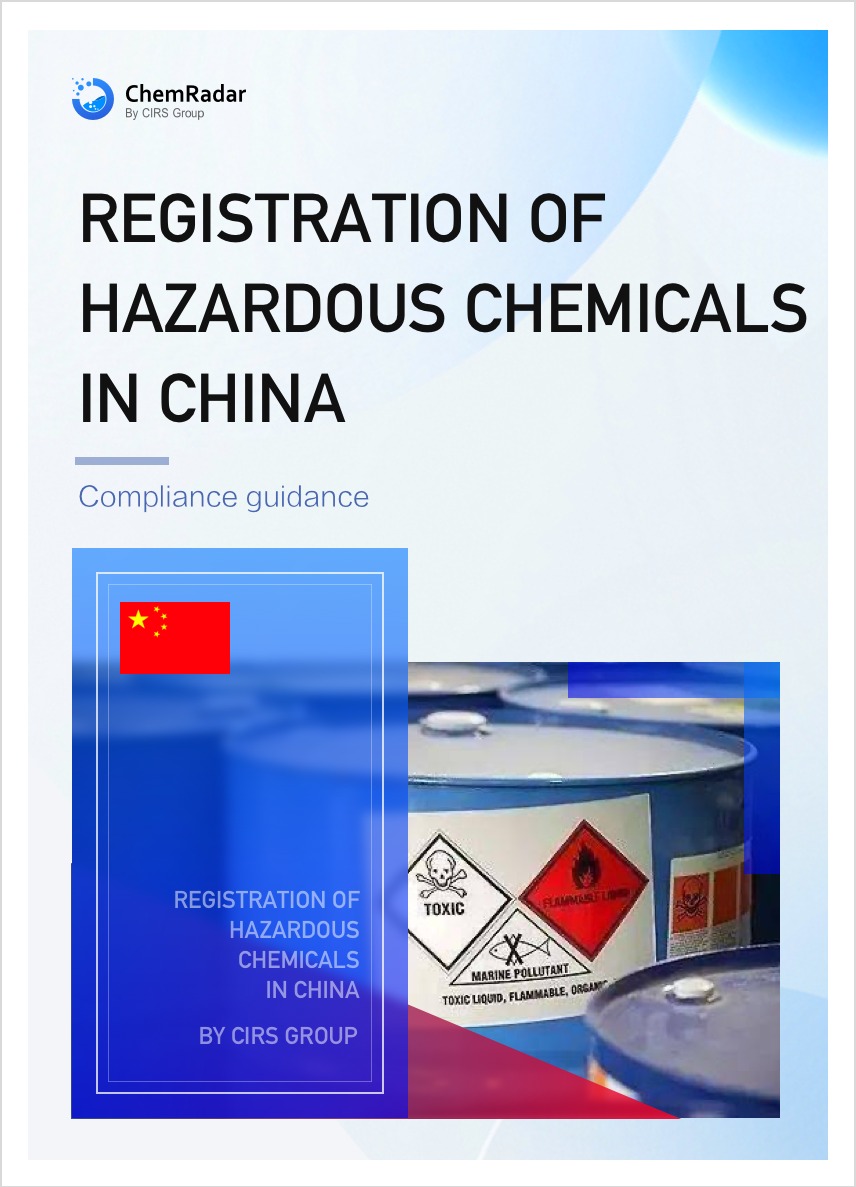On August 20, 2025, the Beijing Emergency Management Bureau released a revised local standard, Safety Code for Construction and Storage of Dangerous Chemicals Warehouse (DB11/T XXXX—XXXX), which replaces the previous DB11/T 755-2010. The bureau is now soliciting public feedback, and opinions and suggestions can be submitted via the official website before September 19, 2025. This revision aims to further strengthen the safety management of dangerous chemicals storage and prevent or reduce accidents involving dangerous chemicals.
Background
With the increasing variety and quantity of dangerous chemicals stored in warehouses in Beijing, the risk of accidents has further escalated. The DB11/755-2010 standard, implemented on April 1, 2011, has been in effect for 14 years and is no longer suitable for Beijing’s major dangerous chemicals storage facilities. Additionally, some referenced normative documents have been abolished or revised, making it difficult to meet new safety regulatory requirements. Hence, the revision was necessary.
Safety Code for Construction and Storage of Dangerous Chemicals Warehouse (Exposure Draft)
Innovations
- Systematically clarifies general requirements for the construction and storage of dedicated dangerous chemicals storage rooms across various industries for the first time: For example, it specifies that dangerous chemicals storage facilities should not be located in underground or semi-underground buildings, and the single packaging of dangerous chemicals in dedicated storage rooms should not exceed 50L or 50kg.
- Introduces requirements for smart safety control and traceability management of storage facilities: Dangerous chemicals trading enterprises must establish an information management system for dangerous chemicals storage. Dangerous chemicals production enterprises with an informatization system for dual-prevention mechanisms should integrate storage management into their existing system. Traceability management for dangerous chemicals production, trading, and usage units must comply with DB11/T2196, while traceability management for dangerous chemicals gas cylinders must align with DB11/T1530.
- Proposes safety evaluation requirements applicable to dangerous chemicals usage units: Usage units must commission safety evaluation agencies to conduct a current safety assessment of their storage facilities every three years. Units with only dedicated dangerous chemicals storage rooms and gas cylinder rooms may conduct self-assessments or hire experts to perform the evaluation every three years.
Other Major Technical Changes
- Adjusts the scope of application: The document specifies safety requirements for the construction and storage of dangerous chemicals storage facilities, applicable to production, trading, and usage units. It does not apply to dangerous chemicals storage tanks, highly toxic chemicals, or civil gas storage facilities.
- Revises safety requirements for dangerous chemicals warehouse construction: For example, the fire resistance rating, number of floors, area, and fire separation distances of dangerous chemicals warehouses must comply with GB 50016 and GB 55037.
- Adjusts safety requirements for dangerous chemicals warehouse storage: For instance, the storage and compatibility of hazardous chemicals in trading enterprises must meet GB 15603 and the requirements of their Safety Data Sheets (SDS).
- Revises safety requirements for gas trading units: Removes the limitation that the total number of stored gas cylinders (excluding inert gases and compressed air) should not exceed 300.
- Adds safety requirements for gas cylinder warehouse storage: Operations personnel, labor protection, cylinder handling, and storage must comply with GB/T 34525. Empty and filled cylinders must be stored separately and clearly marked.
- Deletes certain content: Removes requirements for storage capacity and total warehouse area for small-scale dangerous chemicals production enterprises, safety requirements for chemical stores in trading units, safety requirements for building material markets, safety requirements for other trading units, and storage limits for small, medium, and large-scale dangerous chemicals usage units.
Relationship with Current Laws, Regulations, and Standards
This document is based on the overall requirements of national laws, regulations, and a series of policy documents issued by the Beijing Municipal Government. It incorporates practical needs for hazardous chemicals warehouses, dedicated storage rooms, and gas cylinder rooms, and aligns with relevant national and industry standards, such as General Rules for the Hazardous Chemicals Warehouses Storage (GB 15603) and Basic Requirements of Safety Technology for Enterprises Handling Hazardous Chemicals Business (GB 18265), among 31 other standards. It serves as technical support for existing laws, regulations, and standards.
Measures for Implementation
After the release and implementation of this document, the drafting team will actively collaborate with various departments to promote the standard. Training on the standard will be provided through the Beijing Work Safety Training Platform or industry associations.
Pilot operations will be conducted at typical storage facilities to gather feedback from units. The drafting team will assist industry authorities in conducting safety inspections and providing technical consulting services to help enterprises and institutions with storage facilities comply with the requirements of this document.
Further Information




